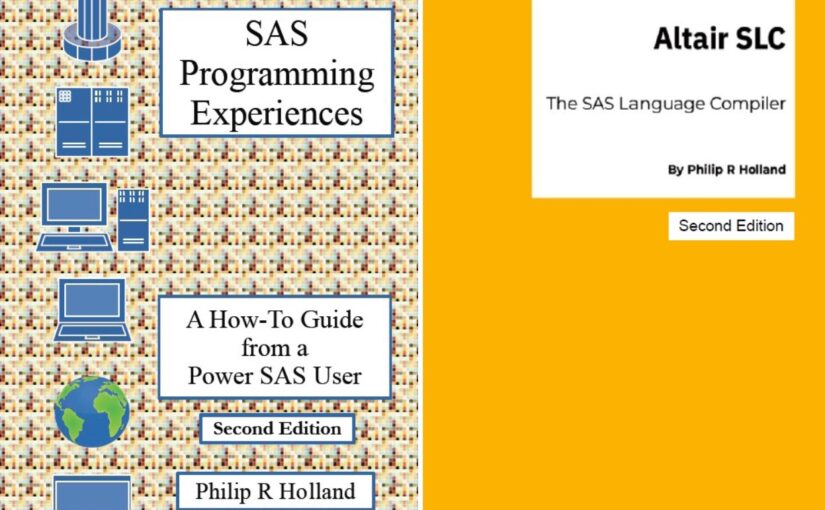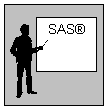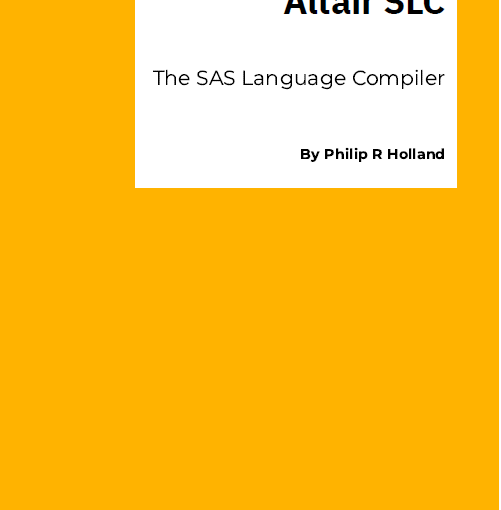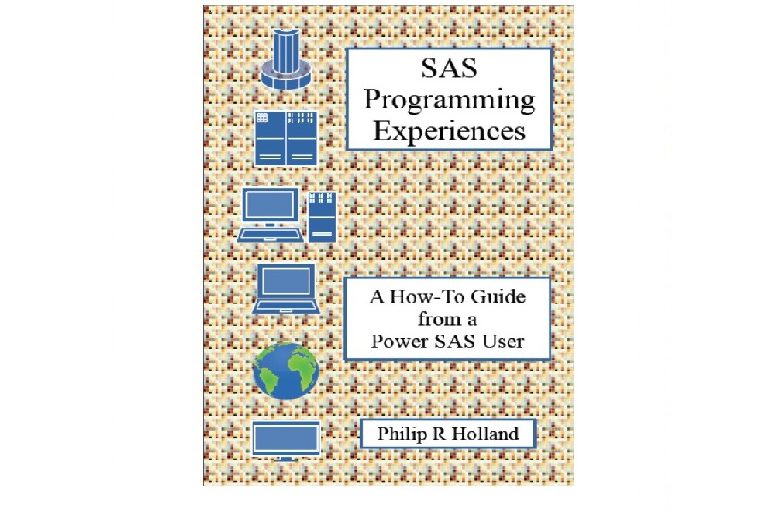![]()
Please do not buy these paperbacks from resellers now they have become available, like Amazon, Barnes & Noble, etc., as the resellers over-inflate their prices, but wait for discounted prices for the paperbacks on Lulu.com between the 1st and 30th day of “odd” months (Jan, Mar, May, Jul, Sep and Nov), or download the equivalent ebooks instead (always discounted) from the Book Table, which is where the lowest prices for my paperbacks and ebooks can always be found.
More details can be found at 2nd Edition paperbacks now have 30% discounts on Lulu.com in “odd” months.
You may ask why I am discounting the book prices. I consider the discounted paperbacks on Lulu.com and discounted downloads on this site to be a win-win: you pay a much lower price and I get a higher royalty payment!!
Please support your independent authors and publishers! Thank you.
STOP PRESS: Apologies for my blog site not being accessible between 31Oct2025 and early 02Nov2025. The site’s mySQL database became corrupted, so the blog site is now using a more stable and compatible MariaDB database. Fortunately, no data has been lost.








